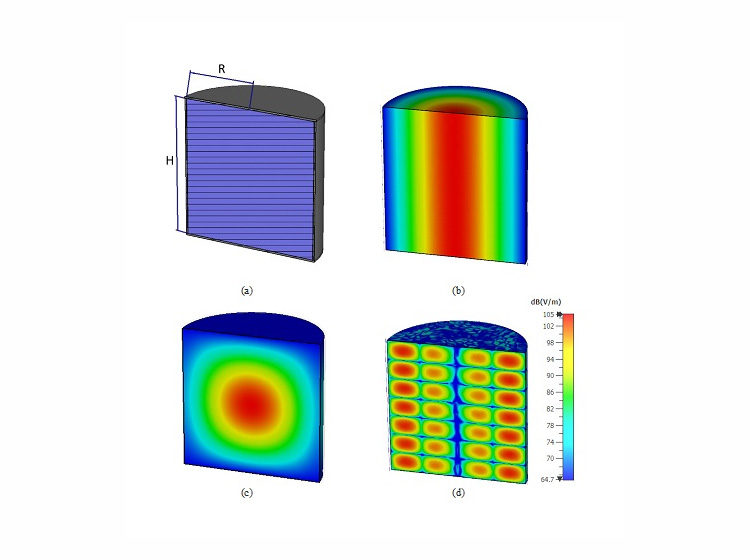In mobile cellular communications, coaxial cavity filters are often the only choice due to the demanding performance requirements such as power handling capability and high Q-factors, but also due to the design freedom in terms of resonator shaping, impedance profile choice and implementation of transmission-zeros. Over the last decades, large effort has been invested into size reduction of air-filled cavity filters, but also towards improved integration of filters with the remainder of the transceiver circuitry: the PA is usually mounted on a Printed Circuit Board (PCB), whereas the coaxial cavity RF filter is made out of an aluminum block. The connection between the output of a high-power PA and the input of the RF filter needs not only to be electrically excellent, but it needs to be mechanically stable too. In this regard, the integration of RF filters with PAs is of particular importance.
In this paper, a novel low-cost method for coupling into Radio Frequency (RF) cavity filters is presented [1]. The method is based on a non-galvanic and connector-free connection from the output of the power amplifier (PA) to the first resonator of the filter. This is achieved by means of capacitive coupling of the microstrip line from the output of the PA to the feeding pin of the first resonator of a filter. A significant reduction of the overall base station cost is achieved, since no extra connectors, blind-mate bullets or screws are required. The absence of the galvanic connection also leads to improved Passive Inter Modulation (PIM) performance. As a demonstrator, a 3-pole, 1800 MHz filter is designed, fabricated and tested. The measured results show a good agreement with simulations, Fig. 1.

[1] F. Pivit, S. Bulja and E. Doumanis, “A Radio Frequency Filter Comprising A Chamber, And A Method Of Filtering” , EU Patent, 818743, filed on April 2016.



Leave a Reply